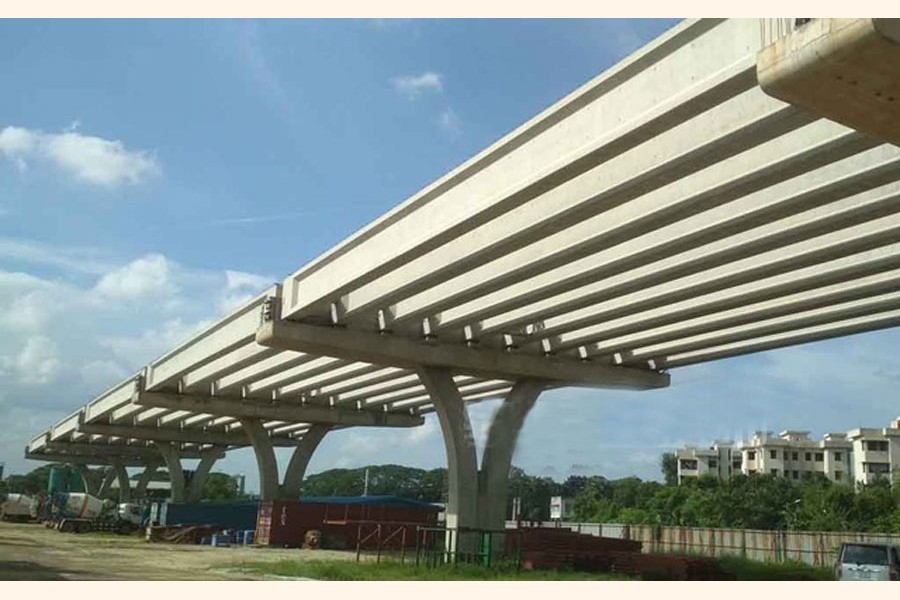Countries along the Bay of Bengal region should invest and focus more on infrastructure connectivity to reduce the high trading costs and reap benefits of many untapped economic potentials, economists said at a dialogue here on Saturday.
The nations in the region should also give enough impetus to the other forms of infrastructure like social, digital and financial to translate all efforts into better integration.
For a better outcome, they also suggested not only going for mega infrastructure projects, but also rechecking whether the emerging sectors and SMEs are getting benefits from the mega schemes.
The suggestions came at the first session on Infrastructure Connectivity in Bay of Bengal Region on the final day of the two-day 2nd Bay of Bengal Economic Dialogue 2022.
South Asian Network on Economic Modeling (SANEM) hosted the virtual discussion, chaired by Dr. Nihal Pitigala, Lead Economist at Washington Business Dynamics.
Mr. Pitigala said the trade-related costs are much higher in the South Asian region because of poor infrastructure connectivity that needs to be addressed as quickly as possible.
Based on the Asian Development Bank (ADB) estimate, he said the countries are required to invest US$ 365 billion per year till 2030. "So, it's a huge challenge."
SANEM executive director Dr Selim Raihan said the policymakers were talking heavily on physical infrastructure that connects trade and investment. "We should not forget about the other forms of infrastructure like social, digital and financial that help translate all efforts into an effective integration process."
Talking about the social infrastructure, he said that the countries were spending very low on health and education purposes. "With that investment, it's no way conducive for reaping the benefits of trade and investment."
Coordinator of ASEAN-India Centre (AIC) Dr Prabir De said the requirements for infrastructure in the region are staggering in number, but it becomes more challenging because of Covid-19 pandemic and supply-chain breakdown.
"The progress that has been achieved in the region over the last 25 years, I observed, is a moderate development. It's very difficult to implement regional programmes given the structural scenario in the member states," he said.
He said that every country should discuss their national plans in harmony with each other, linking their programmes. "Then it could have been different."
Senior fellow at the Institute for South Asian Studies of the National University of Singapore Dr Ganeshan Wignaraja said the annual investment gap is something about US$120 billion, which is huge. But the amount is not too much considering the level of benefits the countries can get out of it, he added.
Research Director at South Asia Watch on Trade, Economics and Environment (SAWTEE) Paras Kharel said the region can plan infrastructure in a coherent manner and put some sorts of pressure to steer countries towards implementation of the projects.
Two more sessions on "People To People Contacts" and "Trade and Investment" also took place on the final day of the dialogue.


